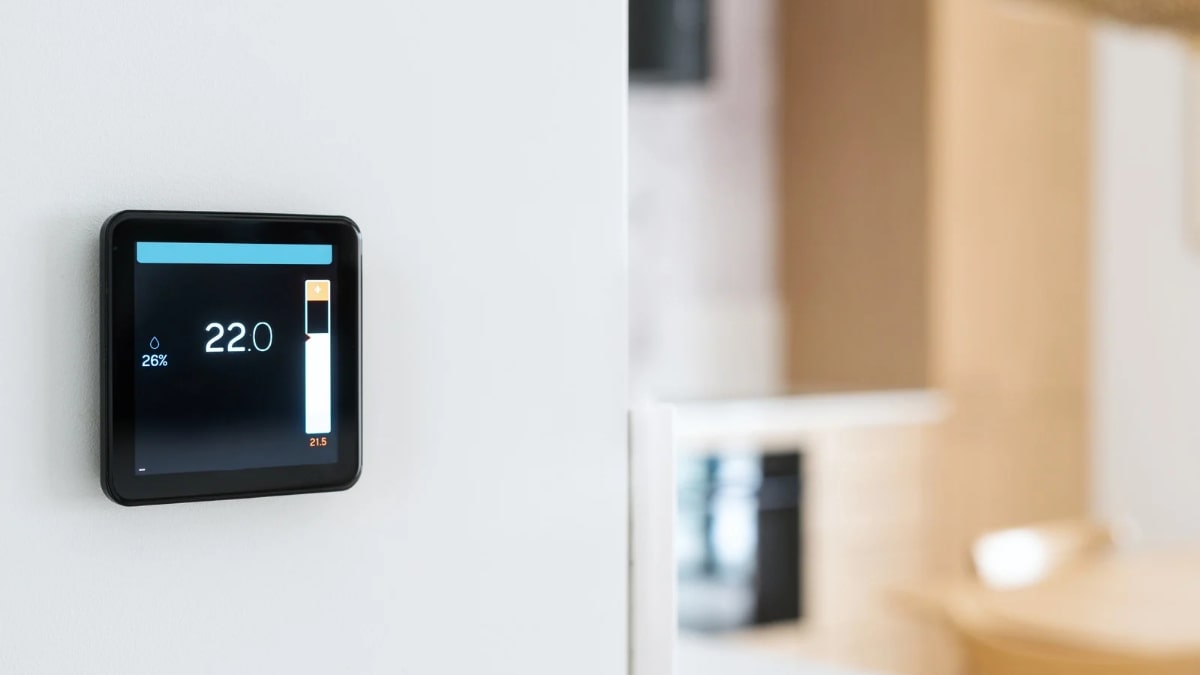Transforming your house into a smart home can enhance convenience, security, and energy efficiency. However, with the myriad of smart home devices available, choosing the right ones can be overwhelming. This guide will help you navigate the options and make informed decisions to create a seamlessly connected home.
1. Understand Your Needs
Before diving into the smart home market, it’s essential to determine what you want to achieve. Are you looking to enhance security, automate daily tasks, or reduce energy consumption? Identifying your primary goals will help you prioritize which devices to invest in first.
2. Compatibility
One of the critical aspects of building a smart home is ensuring that your devices are compatible with each other. This means selecting products that can communicate and work together seamlessly. Look for devices that support popular smart home platforms such as Amazon Alexa, Google Assistant, or Apple HomeKit. This will allow you to control multiple devices from a single app or voice assistant.
3. Security and Privacy
Smart home devices often collect and transmit data, making security and privacy crucial considerations. Choose products from reputable brands that offer robust security features, such as encryption and regular software updates. Additionally, read privacy policies to understand how your data will be used and stored.
4. Ease of Use
User-friendliness is a key factor when selecting smart home devices. Look for products with intuitive apps and straightforward installation processes. Devices that offer voice control or integrate with existing systems can also simplify your smart home setup.
5. Scalability
Consider the future expansion of your smart home. Opt for devices that can easily integrate with new additions as your smart home evolves. This ensures that your current investment remains relevant and functional as you add more gadgets to your network.
6. Energy Efficiency
Many smart home devices are designed to enhance energy efficiency. Smart thermostats, for example, learn your schedule and adjust the temperature accordingly, reducing energy consumption. Similarly, smart plugs can monitor and control energy use of connected devices. Investing in energy-efficient smart home products can lead to significant cost savings over time.
7. Popular Smart Home Devices
Here are some categories of smart home devices to consider, along with popular options within each category:
a. Smart Speakers
Smart speakers, like the Amazon Echo and Google Nest, serve as the hub of many smart homes. They can control other smart devices, play music, set reminders, and provide weather updates through voice commands.
b. Smart Lighting
Smart lighting systems, such as Philips Hue and LIFX, allow you to control the brightness, color, and scheduling of your lights via an app or voice commands. These systems can enhance ambiance and improve energy efficiency.
c. Smart Thermostats
Devices like the Nest Thermostat and Ecobee SmartThermostat learn your schedule and preferences to optimize heating and cooling, saving energy and reducing utility bills.
d. Smart Security Systems
Smart security systems, including the Ring Alarm and Arlo Pro, offer features like real-time alerts, video monitoring, and remote control. These systems can provide peace of mind by enhancing your home’s security.
e. Smart Locks
Smart locks, such as the August Smart Lock and Schlage Encode, allow you to lock and unlock your doors remotely, provide temporary access to guests, and monitor who enters and leaves your home.
f. Smart Plugs
Smart plugs like the TP-Link Kasa and Wemo Mini allow you to control any plugged-in device remotely. They are a simple and cost-effective way to start automating your home.
8. Budget Considerations
Smart home devices vary significantly in price. Establish a budget before you start shopping and prioritize devices that offer the most value for your investment. Keep in mind that while some products may have a higher upfront cost, they can lead to long-term savings through improved energy efficiency and convenience.
Conclusion
Building a smart home requires thoughtful planning and consideration of various factors, including compatibility, security, ease of use, and scalability. By understanding your needs and evaluating your options carefully, you can create a connected home that enhances your lifestyle, offers peace of mind, and provides significant energy savings.
